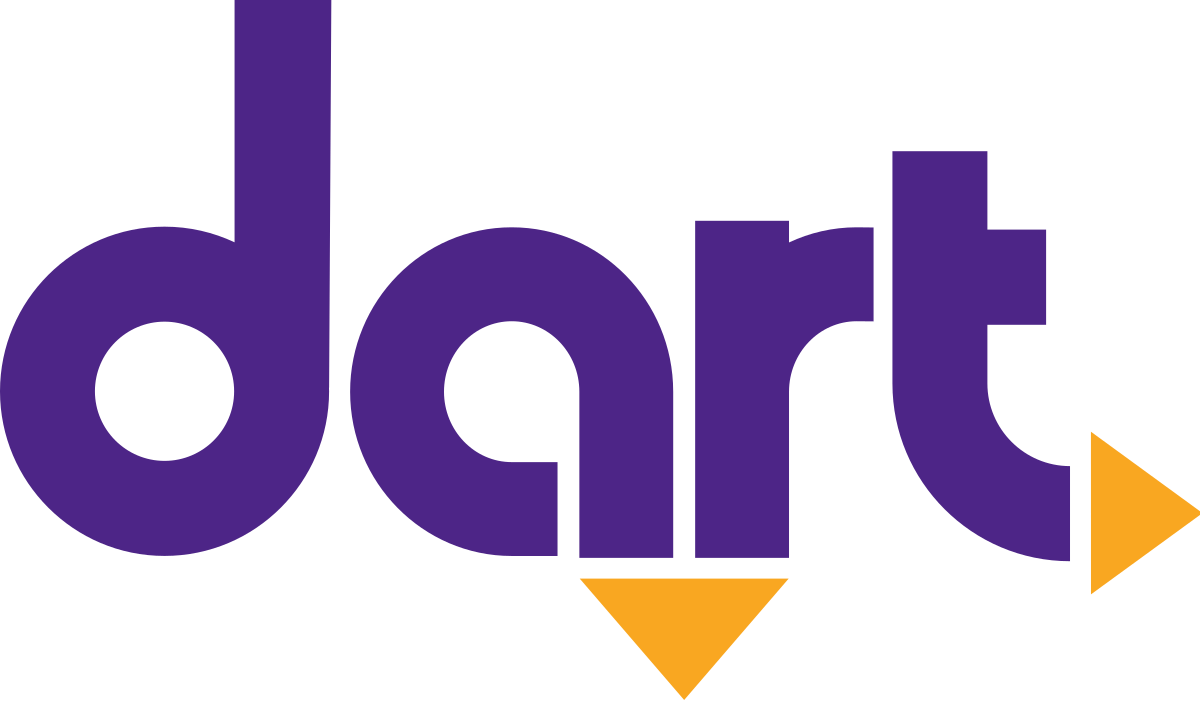Solutions
DART worked with Trapeze developers to document and test the Workforce Management tools for maintenance and paratransit staff that would automate the cumbersome manual processes.
The three-month design phase involved thorough testing of payroll management. Maintenance has about 1,000 pay rules for different employee trades, instructor premiums, and situations where work is grouped together as one assignment, for example, while paratransit has 300. The new software had to capture all these scenarios.
When the project moved into production, DART continued running both the manual system and the new automated system for two pay periods to compare results, Larson said.
“The earlier you can ask a question, the easier it is to fix it. This reassured people. They could see when it compared to their time card or paycheck that this is working. People accepted it very quickly.”
Staff also appreciated the ease and efficiency of the sign-in terminals that improve communications. The system automatically flags and removes no-shows, so that available shifts are posted and filled much faster, and rider service isn’t impacted. Messages from supervisors are now delivered directly onto the sign-in receipt, so employees can promptly take action.
“I think that staff are rolling with it well,” said Skip Herbold, Assistant Transportation Manager and Lead Dispatcher for DART. “Any change is always met with resistance until they find out the system is pretty simple. A slip of paper comes out with their appropriate trips. They also don’t have to wait in a line for five or six operators to get to the window.”
 Bus
Bus Rail
Rail Paratransit
Paratransit


